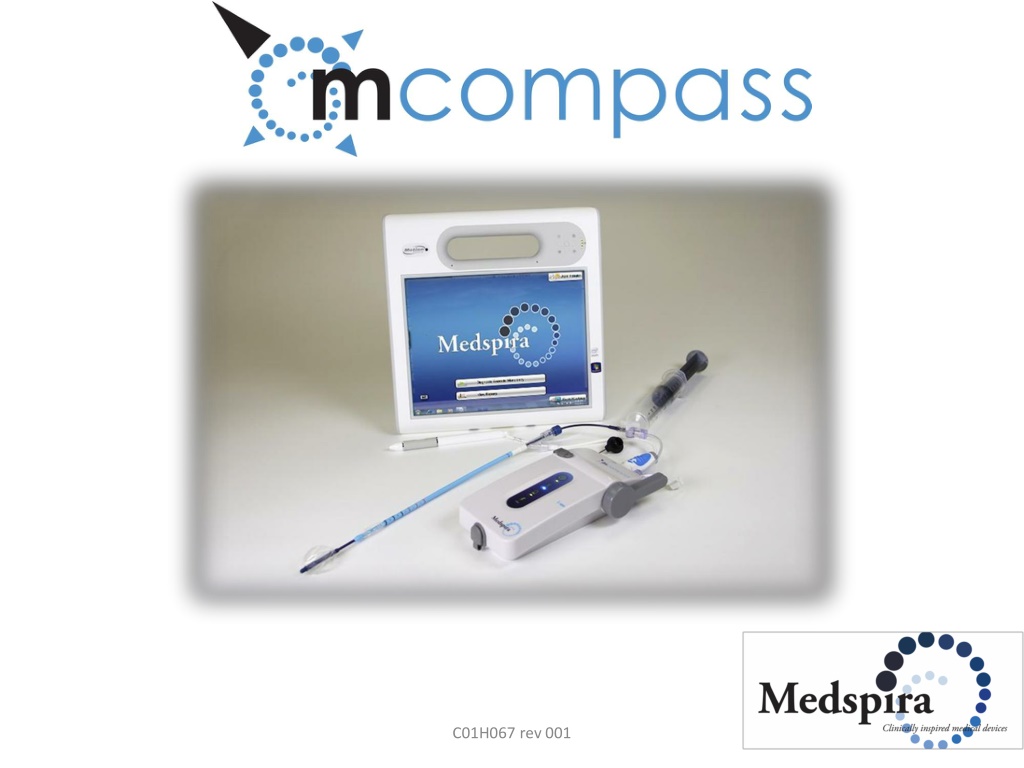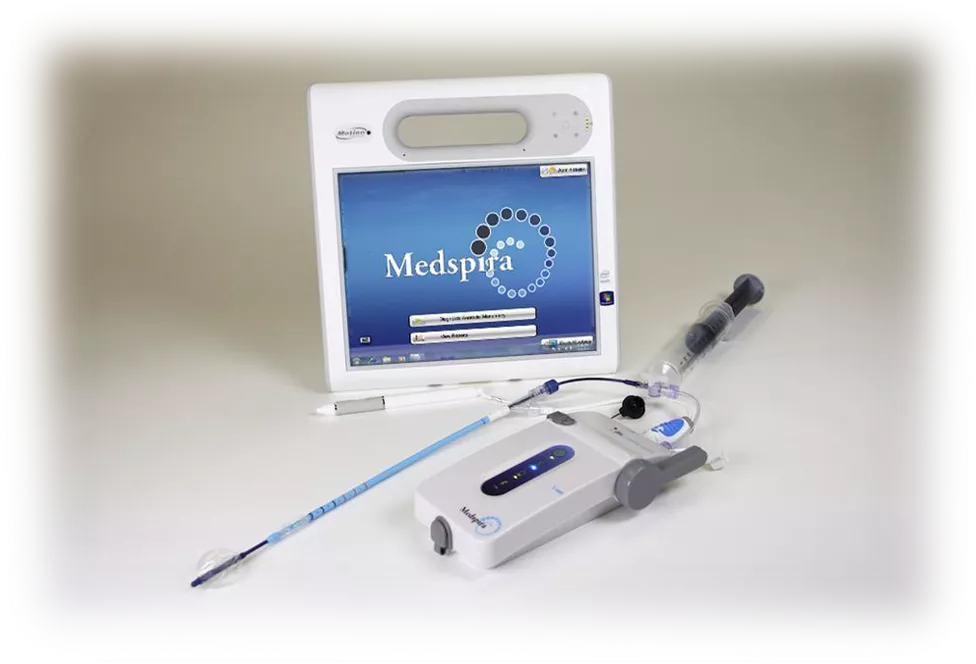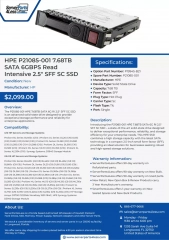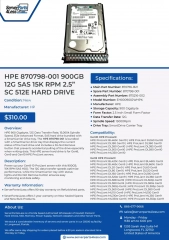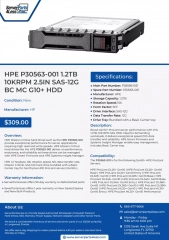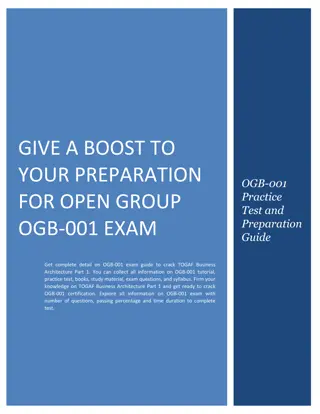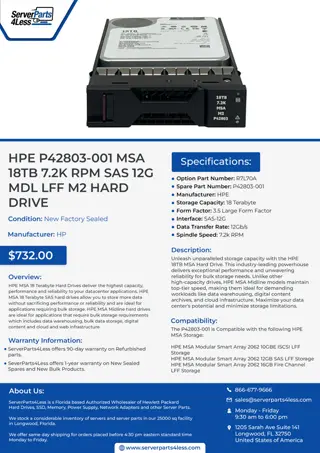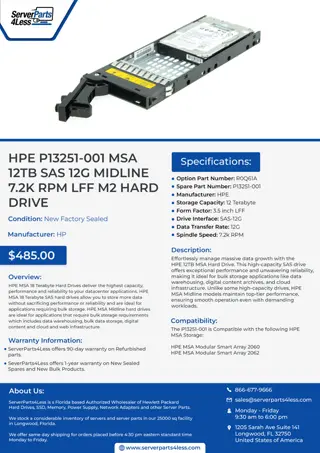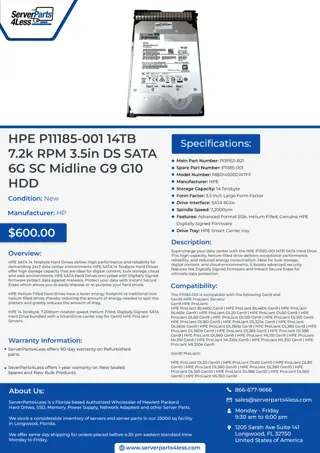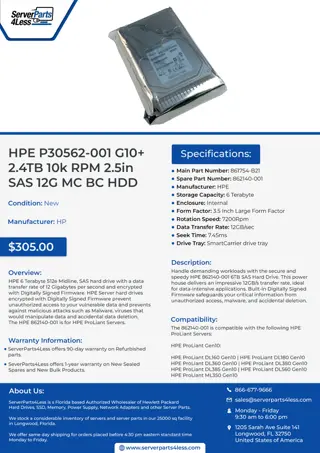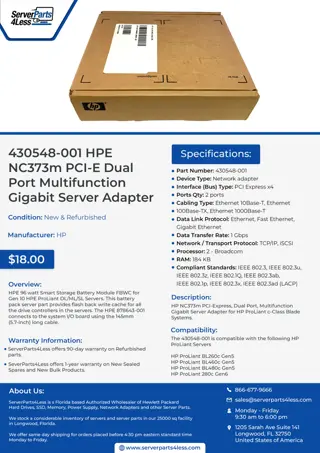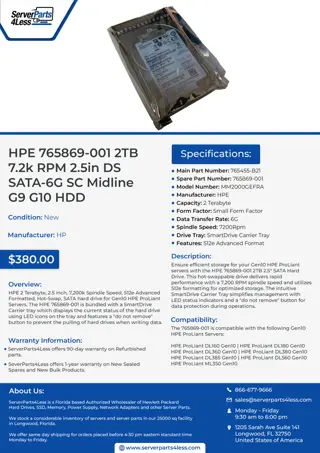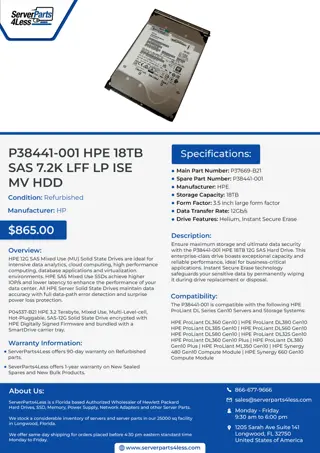Content on File C01H067.rev.001
This file labeled "C01H067.rev.001" contains information that is waiting to be discovered. Dive into its contents to unravel the mysteries hidden within. Explore a world of data and knowledge that may hold the key to unlocking new insights and understanding. Let this document be your guide on a journey of discovery and enlightenment. Take the first step in unraveling the secrets concealed within these digital pages.
Download Presentation

Please find below an Image/Link to download the presentation.
The content on the website is provided AS IS for your information and personal use only. It may not be sold, licensed, or shared on other websites without obtaining consent from the author.If you encounter any issues during the download, it is possible that the publisher has removed the file from their server.
You are allowed to download the files provided on this website for personal or commercial use, subject to the condition that they are used lawfully. All files are the property of their respective owners.
The content on the website is provided AS IS for your information and personal use only. It may not be sold, licensed, or shared on other websites without obtaining consent from the author.
E N D
Presentation Transcript
Why anorectal manometry is necessary? Anorectal Manometry is a test performed to evaluate patients with fecal incontinence/chronic constipation. It provides comprehensive information about anal sphincter function; mechanisms of continence and defecation, rectal sensation, rectal compliance, and anorectal reflexes; and facilitates optimal management.1 Both fecal incontinence and chronic constipation are being largely ignored. Some studies say as many as 15-30 million people per year suffer from these issues, and access to manometry equipment can be limited. Getting these people on the path to recovery can change their lives. C01H067 rev 001
Clinical Utility of Anorectal Manometry ARM together with adjunctive tests can not only confirm a clinical diagnosis but also provide new information that not be detected clinically 4,5 and can influence the outcome of patients with defecation disorders.4 Selective tests should be performed based on potential indication to evaluate each condition. In a prospective study, ARM was felt to be useful to 88% of patients4. Taken from Page 176 of Source 2 C01H067 rev 001
Indications Evaluate refractory constipation Evaluate fecal incontinence Facilitate biofeedback training for dyssynergia Facilitate biofeedback for fecal incontinence Preoperative evaluation for anorectal surgery Anal fissure Anal fistula Anorectal cancer Reversal of ileostomy/colostomy Postoperative evaluation for reversal for colostomy2 C01H067 rev 001
Patient Preparation/Positioning Usually, no bowel preparation is required prior to ARM.3 No diet restrictions Routine medications can be continued An enema 2 hours before hand can be suggested The patient is laying on their left lateral side with knees flexed at a 90 degree angle.2 C01H067 rev 001
Testing Sequence 1. RESTING INTERNAL ANAL SPHINCTER2 2. SQUEEZE EXTERNAL ANAL SPHINCTER2 3. EXPEL EMPTY RECTAL/ANAL PRESSURES AND COORDINATION DURING ATTEMPTED DEFECATION WITH NO BOWEL 4. EXPEL FULL RECTAL/ANAL PRESSURES AND COORDINATION DURING ATTEMPTED DEFECATION WITH BOWEL 5. SENSATION TESTING ASSESS SENSORY THRESHOLDS IN RESPONSE TO RECTAL BALLOON DISTENTION 6. EXHALE DETERMINE THE INTEGRITY OF THE LOCAL REFLEX ARC RESPONSIBLE FOR MAINTAINING CONTINENCE DURING AN ABRUPT INCREASE OF INTRA-ABDOMINAL PRESSURE2 C01H067 rev 001
Normal Values Male Rectal Test Male Anal Female Anal Female Rectal Resting 60-70 mmHg N/A 60-70 mmHg N/A Squeeze 170 mmHg and up N/A 140 mmHg and up N/A Decrease from baseline Increase from baseline Decrease from baseline Increase from baseline Expel Empty* Decrease from baseline Increase from baseline Decrease from baseline Increase from baseline Expel Full* *Looking for a positive anorectal gradient. A negative gradient may indicate anismus but in the absence of the clinical symptoms of anismus, I am always cautious to call this based on this study alone and will usually obtain a defecography. - Dr. Keith Munson Mirror max anal squeeze pressures. Looking for reflex Desire Exhale Sensation Male Sensation Urgency Pain CC Volume 30-50cc 60-80cc 100-120cc 120-150cc Sensation Female Sensation Desire Urgency Pain CC Volume 30cc-50cc 50-70cc 80-100cc 110-130cc Based off the experience of Dr. Keith Munson Jefferson Surgical Roanoke, VA C01H067 rev 001
Reimbursement Info CPT Code Description National Medicare/Medicaid Average 91120 Rectal Sensation, Tone, and Compliance $420 91122 Anorectal Manometry $225 Average reimbursement When billing with 2 codes normally of smaller dollar code is paid $532.50 C01H067 rev 001
Sample Reading #1 53-year-old patient with ulcerative colitis who had decreased squeeze pressures on examination the office when considering total abdominal colectomy with ileal anal J-pouch anastomosis. Resting pressure: 70-75 mmHg Contracting pressure: 150-164 mmHg Contraction duration: 20 seconds RAIR absent to machine read on first study, but on graph possible noted @ 40 ml. On second study RAIR absent to machine read ,but noted on graph @ 30 ml. I do agree with this, RAIR is present 1st SENSATION-30- 40 ml DESIRE- 80 ml URG- 110 ml PAIN- 130-140 ml Slight decrease rectal size Anismus by numbers but this does not fit the clinical situation. Reasonable cough/effort. Impression: The patient does not have enough strength to have any surgical procedure for her ulcerative colitis. Keith D. Munson M. D. C01H067 rev 001
Sample Reading #2 74-year-old gentleman with an anal fistula involving a significant amount of his anal sphincter who had decreased pressures on physical examination in the office. Dividing a significant amount of muscle could easily make the patient incontinent. Contracting pressure: 113-139 mmHg Duration of contraction: Listed as 7 seconds on the machine reading however the patient is trying for the full 20 seconds. His pressure does however drop down to about 100 mmHg for the majority of the contraction. RAIR ABSENT X2 to machine read. Noted on graph @ first sensation on first study. Second study restarted . 1ST SENSATION 50-80 ML DESIRE- 110 ML URG-150- 220 ML PAIN-210- 230 ML Mildly enlarged rectum No anismus Good cough Impression: Resting pressure is low. The patient is a diabetic. Contracting pressure is also low. If much muscle required division during his fistula surgery, this could be a problem for the patient. Keith D. Munson M. D. C01H067 rev 001
Sample Reading #3 81-year-old patient that underwent a total abdominal colectomy for C. difficile colitis who wants to have her stoma closed. Resting pressure: 29-35 mmHg Contracting pressure: 72-91 mmHg Contraction duration: Read as 7 seconds however the patient is attempting for the full 20 seconds and is elevating pressure during this time. I do think that the patient is having a RAIR at about 30 cm on both studies RESTING STUDIES REPEATED DUE TO LOW READINGS. CATH CHANGED. RAIR- ABSENT to machine read on both studies. Not noted on first study. On second study, questionable if RAIR noted after first sensation 1ST SENSATION-20-30 ML DESIRE-50-70ML URG/PAIN- 70- 80 ML Micro-rectum No evidence of anismus Good cough Impression: Patient does have decreased resting and contracting pressures which are concerning given the desire to have her stoma closed. Micro-rectum which goes along with her diverted status. Keith D. Munson M. D. C01H067 rev 001
Citations Page 1. Karulf RE, Collare JA, Bartolo DCC, et al. Anorectal physiology testing: a survey of availability and use. Dis Colon Rectum. 1991; 34: 464-468 2. Rao, Satish S.C., and Kasaya Tantiphlachiva. "Anorectal Manometry." GI Motility Testing: A Laboratory and Office Handbook. By Henry P. Parkman and Richard W. McCallum. Thorofare: SLACK, 2011. 163+. Print. 3. Rao SSC. Manometric evaluation of defacation disorders: part II. Fecal incontinence. Gastroenterologist. 1997;5:99-111 4. Rao SC, Patel RS. How useful are manometric tests of anorectal function in the management of defecation disorders? Am J Gastroenterol. 1997; 92(3): 732-760 5. Gladman MA, Luniss PJ, Scott SM, Swash M. Rectal hyposensitivity. Am J Gastroenterol. 2006; 101: 1140-1151. C01H067 rev 001
